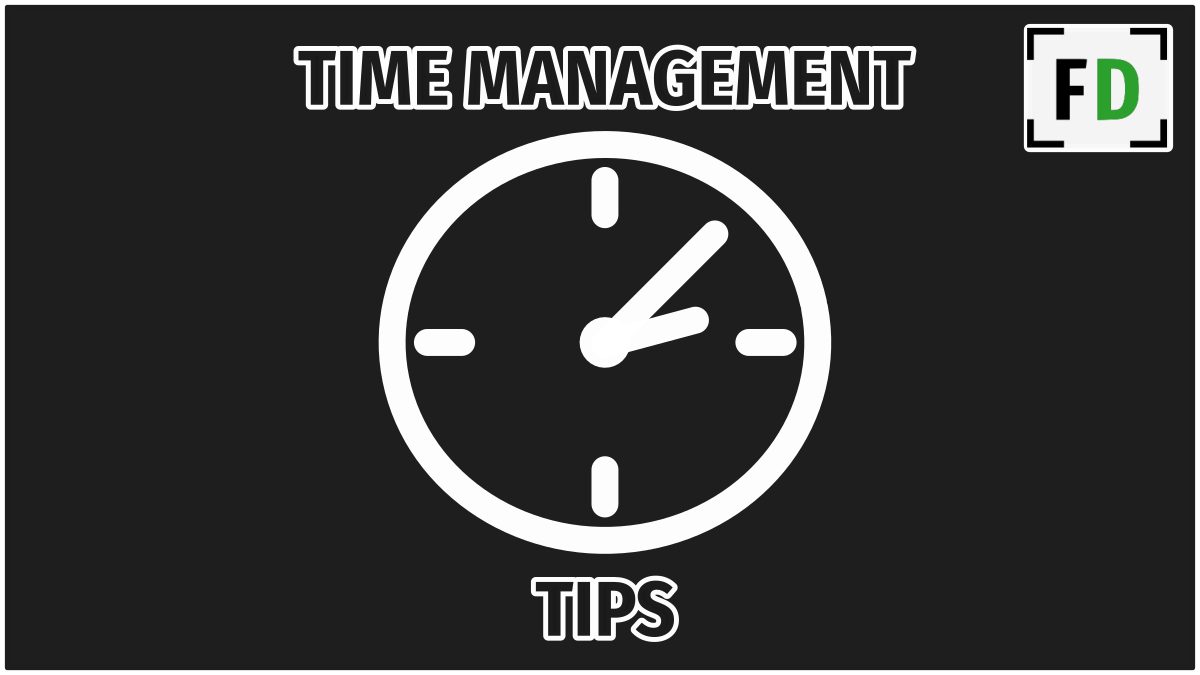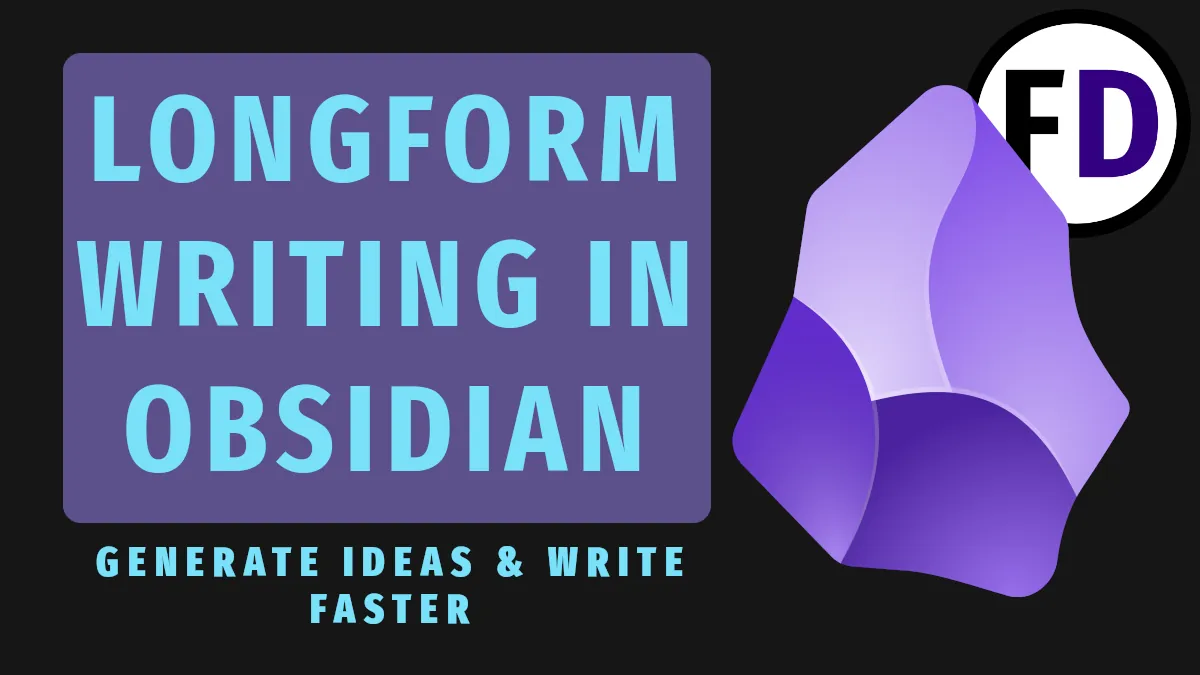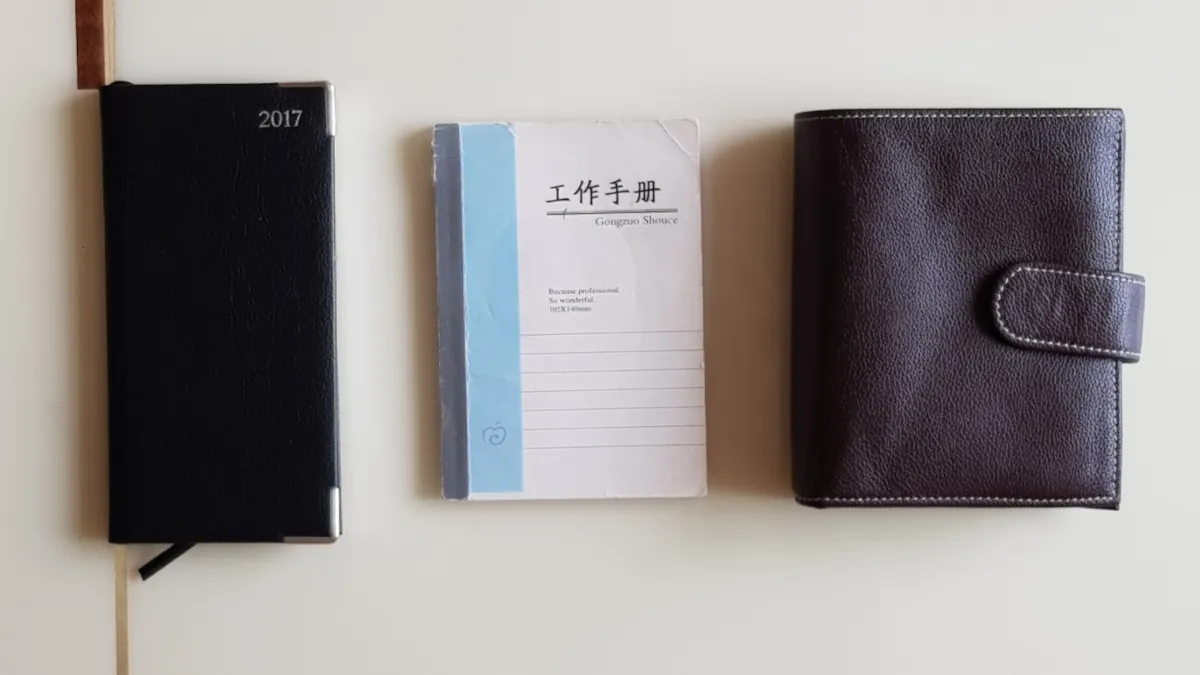Procrastination and distraction are productivity killers and need more than some basic productivity tips to solve. When you find yourself with low motivation and no work getting done, or worse, you’re in a rut you can’t get out of, a month of monk mode will boost your personal productivity and set you up to stay productive in the future.
Commit to a month of monk mode and become highly productive, accomplish a goal, and, most importantly, develop the mindset and habits for future success.
You Need Monk Mode
It happens to us all.
Life is going well. You’re making progress at work, the family is happy, and you feel good. But something crops up.
It starts as a challenge, an issue at work, or a problem with a friend, but soon, it’s affecting every area of your life. When the issue gets resolved, it relieves some of the pressure, but you’re no longer making progress at work, the family is no longer happy, and you no longer feel good.
Problems can ruin you, but solutions don’t fix you.
You need something to help you reset.
Schedule Your Monk Time
You’re probably thinking, “I don’t have a free month to dedicate to monk mode.” If you did, you could get out of your rut easily.
You have responsibilities that can’t just go on hold for a month:
- Work
- Family
- Social
- Hobbies
But you do have some time.
What do you do before work? What about after work? What do you do after the kids are in bed? How many hours do you spend each day scrolling through your phone or watching YouTube or NetFlix?
You can find hours each day you can dedicate to monk mode.
I like to grab a weekly timetable and box out my monk mode time. You can do this by printing out a simple timetable or using your favorite productivity tool.
To make meaningful progress, figure three hours per day. That adds up to about 100 hours by the end of the month.
If you can get your monk mode time in a single chunk, that’s best. If you must split it into two chunks at different times throughout the day, go for it.
If you find you have more than three hours, great! Five hours is even better. Seven hours will be a struggle for most people; they’ll lose focus and start to burn out.
Pick Three Tasks
You now have you’re monk mode timetable planned out. You just need to figure out what you will do with the time.
If you’re reading this article, you probably already have at least one thing in mind. A project or task that you wish you could make massive progress on or check off your to-do list.
But pick more than that one task during your monk mode period. Monk mode isn’t only about completing a big task. It’s about setting yourself up for future success. What habits could you instill now that will continue to make a difference after completing your big project?
Here are some monk-mode activities
- Wake up early – there’s a reason every self-help guru tells you to do this
- Read daily – the average book takes 5-7 hours to read. An hour per day is a book a week
- Set up GTD or a productivity system
- Create a morning routine
- Understand your personality type
- Nofap – prioritize self-control
- Workout – live longer
- Change your diet – keto is great for productivity
- Learn a musical instrument
- Draw, Paint, or work on photography
- Write a book
- Create a product
- Build a business
- Create a second brain or personal knowledge management system (PKM)
- Learn a new language
- Learn to code
- Pray
- Stretch
You don’t need to divide your time evenly between your three tasks. If you only have three hours, an hour’s reading may be too much. Work on your most important task for most of your time, but ensure you’re also building a better you. A you that will be better equipt to face dragons in the future.
Go Monk Mode the Whole Month
Now you know how much time you have available, and you know what to do. The only thing left is to do it.
Of course, that’s easier said than done. You might be motivated the first few days, but what about when the motivation disappears? How can you stay self-disciplined and finish the month strong?
Make a Promise
You need to make a promise or commitment to give you the boost you need.
Take a piece of paper and write down your promise. Include these
- What you will do
- Why you will do it
- Who you’re doing this for
Here’s an example:
“For the next 30 days, I’ll wake up at 6am, read an hour each day and work on my website for 2 hours. These habits will get me closer to a sucessful business, and give my family a better life.”
Put it somewhere you’ll see it. I like to take a photo and save it as the background on my laptop or phone. That way, it’s there all day long.
Use Music to Drown Out Distractions
If you struggle to focus, using music can solve your problem. Next time you need to work for a few hours straight, grab your headphones and find a productivity playlist. If it’s distracting, change it till you find the perfect music, which makes time melt away and lets you work without stopping.
I like to find a Lofi study track on YouTube when I write. The slow beat makes me write without needing a break, and the music cancels out any other sounds in the house, so I don’t get distracted.
Forget Multitasking, Make a List
According to David Allen, author of Getting Things Done and time-management legend, one of the biggest reasons people don’t get more work done is “a lack of control,” because they don’t know what to do. They finish a task, and instead of moving on to the next, they wander around, get something to eat, or talk to a colleague. Not because they need a rest but because they haven’t worked out what the next task is yet.
Deciding on what to do takes brain cells, that’s fine at the start of the day, but after an hour of focused work, you may not have the energy you need to decide what to do next. So, be more productive – make a to-do list.
By making a list of tasks that day, you don’t need to think, only act.
If you’re really smart, you’ll number the list so you don’t even need to decide which to do next. You just follow the order you gave them.
After Monk Mode Ends
After your monk mode productivity month, don’t be like the dieter who gorges when it’s over.
You might not need to continue all of your monk-mode habits or spend as much time on them as you did, but what monk-mode activities can you carry over to your regular life?
Perhaps you can still read every day but only for 20 minutes instead of an hour. Or perhaps you continue making your daily to-do list each day. It’s just a little lighter now.
Whatever you decide, spend some time getting used to your new life. Don’t push yourself too hard so that you burn out or can’t recover. But when you feel comfortable with your new level of productivity, it may be time for another month of monk mode.








